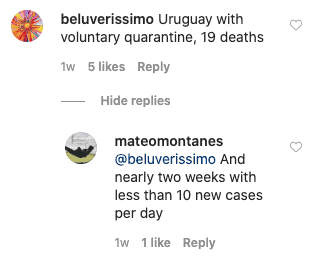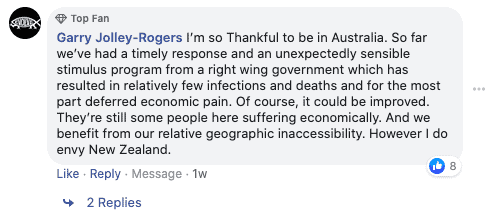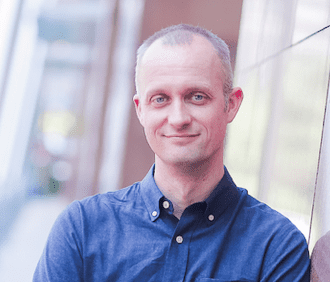If there’s an encouraging angle to the coronavirus pandemic, it’s that so many countries have dealt with it skillfully that we couldn’t fit them all onto one list. In fact, after our last story ran, we received so many tip-offs on Facebook, Twitter and Instagram about more countries taming the virus that we decided to highlight five more. Didn’t catch the last one? You can read it right here.
Uruguay
Uruguay has been a bright spot in a tough region. Its neighbor, Brazil, has the world’s second-highest coronavirus infection rate at 200 cases per 100,000 people. Uruguay has only about 23 cases per 100,000 people, and only a small number of the 650 ICU beds it has reserved for Covid-19 cases are being used, despite its older-than-average population.
But Uruguay is used to being an outlier, and the same ways its stands apart from other Latin American countries may help explain its resistance to the virus. For one, its poverty rate is less than nine percent, far lower than other countries in the region. It has low levels of inequality and virtually no extreme poverty. It also has a better health care system than most of its neighbors, with more hospital beds per person and among the lowest rates of child mortality in South America, a good indicator of a country’s general well-being.
It’s not just pre-existing circumstances that have helped Uruguay. Its response to the crisis has been decisive and compassionate. The government is popular, and decided not to implement a full lockdown, instead asking people to practice voluntary social distancing. They appear to have done so, perhaps a reflection of the country’s high levels of social trust. These tactics reflect Uruguay’s permissive, trust-the-public approach on a range of issues, from drug legalization to abortion to same-sex marriage.
As of today, Uruguay has reported 845 coronavirus cases and only 23 deaths.
Bhutan
Bhutan shares a border with China and, despite offering universal health care, only has about 300 doctors — risk factors that informed its drastic and early response. Its first reported case, a 76-year-old American tourist, became an international news sensation when the Bhutanese king personally oversaw a medical mobilization that led to the patient’s dramatic recovery and repatriation on a Gulfstream jet.
After this first case, Bhutan set up 120 quarantine facilities to confine all new arrivals for 14 days. Even in remote villages, the government created quarantine zones for suspected cases. One challenge was the sudden return of thousands of Bhutanese migrant workers, for whom the Royal Bhutan Army quickly built makeshift housing to isolate them from their families.
Crushed by negative news?
Sign up for the Reasons to be Cheerful newsletter.The country shut its borders on March 22, not only to people, but also to imports other than food, fuel and medicine, a decision with severe economic consequences. To mitigate the fallout, nearly two weeks before that decision was made, the government announced an Economic Contingency Plan that has guided its recovery ever since. Praised by the Asian Development Bank as “pro-poor,” the plan is designed to ensure that “money is freely available” to citizens. It achieves this in a number of ways — for instance, by accelerating long-term agricultural investments for farmers to shore up food security during the crisis.
Today, tiny, insular Bhutan has reported only 48 coronavirus cases and zero deaths.
Australia
After featuring New Zealand in our last roundup, many of you sung Australia’s praises. Australia took the virus seriously from the get-go, describing it as a pandemic two weeks before the World Health Organization did. Perhaps this was because Australia initially appeared headed for a major outbreak, with over 150,000 cases (in a country of 25 million) projected by Easter.
Australia raced to get widespread testing up and running quickly. It did this in part by taking a decentralized approach from the beginning. Unlike in the U.S., where test development was initially centered within the C.D.C., or in the U.K., where a single lab in London was first designated as the country’s sole testing developer, Australia networked pathologists in both public and private labs across the country. “It’s the way we do things here,” one microbiologist in Western Australia told the New York Times. The strategy worked. By early January, scientists there had already developed a generic test. This gave them an existing test to refine once China released the virus’ genetic code. Australia had an accurate Covid-19 test ready to identify the country’s first case on January 25.
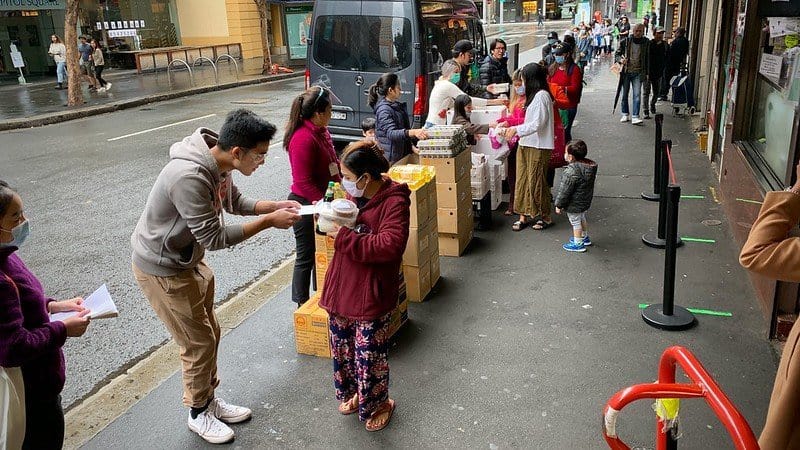
Now, Australia is reopening. While its official contact tracing app, COVIDsafe, has garnered lots of publicity and been downloaded by five million users, it’s efficacy is still unclear. Still, the country has earned high marks, both from other countries and within. “Really, when you look across all the states and territories, this is the safest place to be in the world, perhaps other than New Zealand,” one local public health official told the press in late April.
As of today, Australia has reported only 102 coronavirus deaths.
Slovakia
When the pandemic struck, Slovakia was in the midst of transitioning to a new government. President Zuzana Caputova, elected on March 31, took her oath of office while wearing a mask and gloves. This dedication to modeling best practices quickly became the norm in Slovakia — few government officials or public figures there are ever seen without a mask. Slovakia was also one of the first countries to make mask-wearing mandatory, even before the W.H.O. recommended it. As it turns out, masks are highly effective at preventing Covid-19 transmission. One recent study found that if 80 percent of a population wears a mask, infection rates in that population would fall to one-twelfth what they would be otherwise.
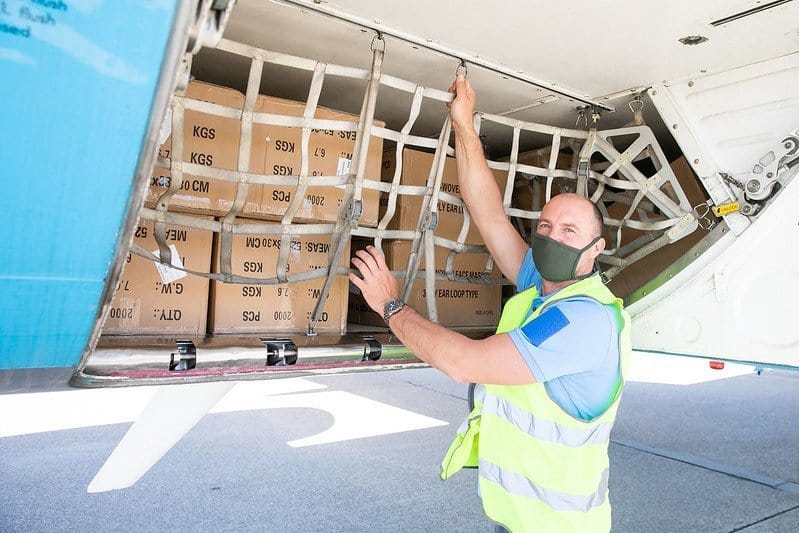
Slovakia’s official instructions on public precautions have been not only consistent, but precise. On April 21, it made face masks voluntary as long as five meters of social distancing could be maintained. On June 3, that distance was shortened to two meters. “The communication campaign was very strong from the beginning,” one analyst told the Atlantic. “Protect others and you’ll be protected … It’s not embarrassing. It helps everyone.”
In addition to the adherence to mask-wearing that initially made it an outlier in Europe, Slovakia locked down quickly — just ten days after reporting its first case. One theory as to why Slovakia has been so cautious has to do with its somewhat rickety health system. The number of acute-care hospitals in Slovakia fell by 25 percent between 2004 and 2014, victims of austerity cuts. This left Slovakia vulnerable to a pandemic, and its leaders knew it.
At present, Slovakia has reported 1,530 coronavirus cases and just 28 deaths.
Senegal
Unlike in many other countries, where people with mild Covid-19 symptoms are told to isolate at home, every Senegalese coronavirus patient is hospitalized. This drastic response is partly an outgrowth of the structures and systems that have been in place in Senegal since its deadly Ebola outbreak in 2014. That year, the country launched its Health Emergency Operation Center, which has been running epidemic simulations ever since. These simulations are based on a simple premise: Senegal’s health system would be crippled by the uncontrolled spread of a major disease.
This is why the country’s coronavirus strategy is premised on total containment. Senegal started forming its response plan in early January, as soon as it heard about the virus in Wuhan. It began adding hospital beds to its health facilities — over 1,000 were added within weeks — where it can isolate and observe every patient, no matter how mild their symptoms. Each one of these patient’s contacts are traced, and every identified contact is also isolated, most of them in a hotel room, with meals provided, for 14 days.
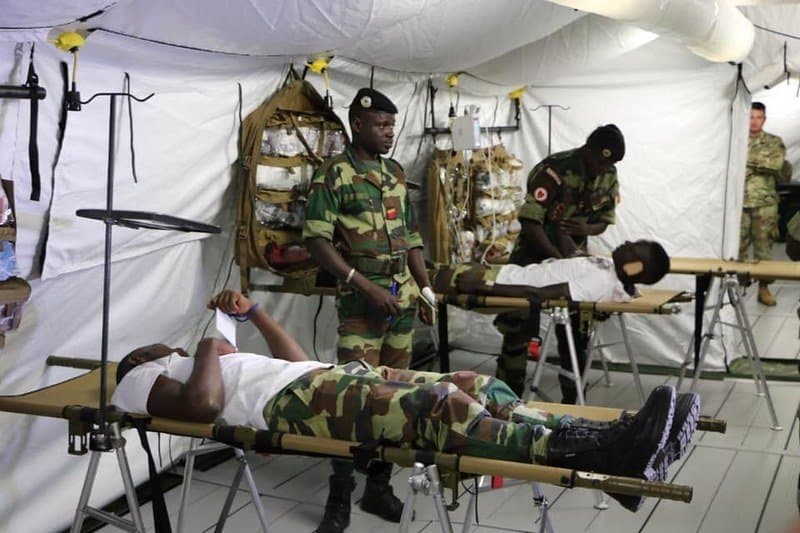
There have been missteps, like partially opening the country’s mosques for Ramadan, and reports of excessive force used against people who break the country’s nighttime curfew. But Senegal has continued to innovate. Trials are underway in Dakar for a coronavirus test that will cost just one dollar, helping to ensure its widespread availability. The test, being developed in partnership between a Senegalese NGO and a U.K. biotech firm, will not turn a profit for its developers in the interest of making it as cheap and widely available as possible.
As of today, Senegal has reported 4,328 coronavirus cases and only 51 deaths.
